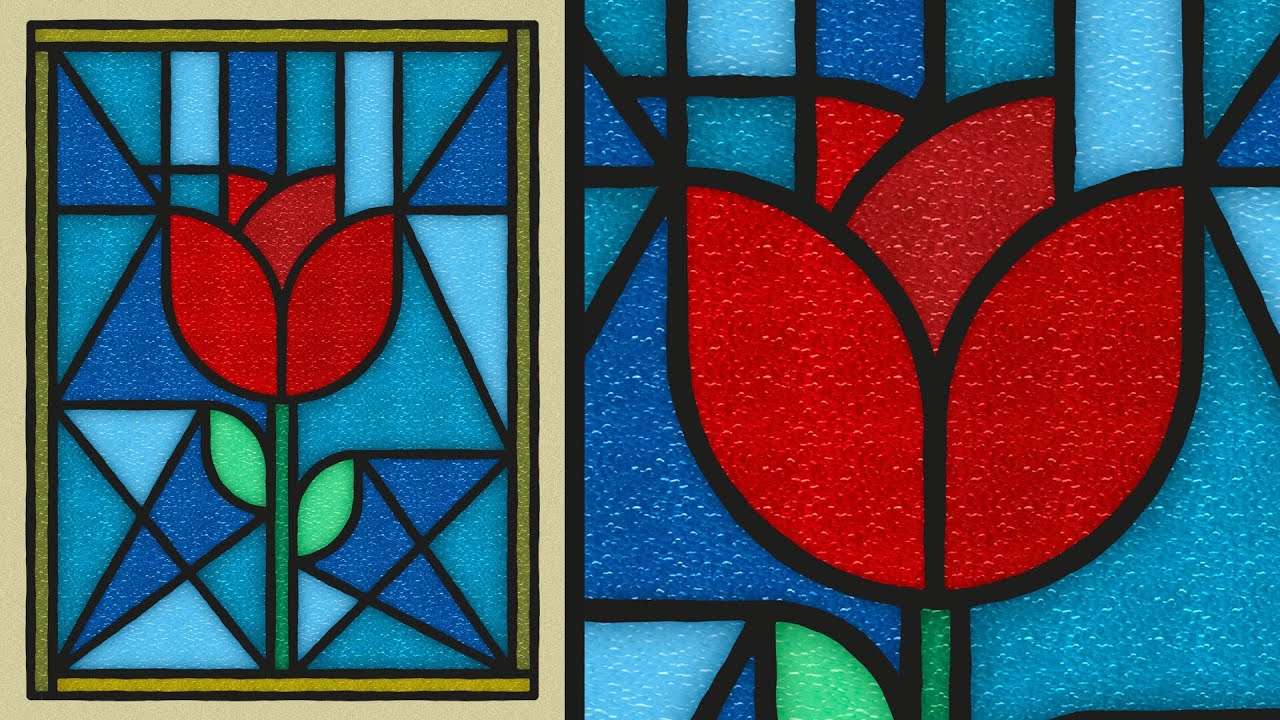Medieval stained glass is a delicate yet enduring testament to the artistry and faith of the Middle Ages. Created between the 10th and 16th centuries, these windows were designed to inspire worshippers while telling biblical and historical stories through light and color. Over centuries, time, weather, and human interference have taken their toll. Restoration and preservation are essential not only to maintain the beauty of Medieval stained glass but also to safeguard its historical and cultural significance for future generations.
Why Restoration Is Necessary
Even though medieval stained glass was crafted with skill and durable materials, it remains vulnerable to damage. Factors such as pollution, temperature fluctuations, moisture, and structural shifts in buildings can cause deterioration.
Common Threats
- Corrosion – Atmospheric pollutants react with glass, causing surface pitting and loss of detail.
- Cracking and Breakage – Shifts in building structure or direct impact can crack or loosen panels.
- Lead Deterioration – The lead cames holding the glass together can weaken over time, threatening structural integrity.
Principles of Medieval Stained Glass Restoration
Restoration should always aim to stabilize and preserve as much original material as possible while maintaining historical accuracy.
Minimal Intervention
Professional conservators work with a “less is more” philosophy, ensuring that any additions or repairs are reversible and well documented.
Historical Accuracy
Any new glass used for restoration should match the color, texture, and style of the original, ensuring the piece retains its authentic medieval appearance.
The Restoration Process
Restoring medieval stained glass involves a series of meticulous steps carried out by trained specialists.
- Documentation – Detailed photographs and drawings record the condition before work begins.
- Careful Removal – If necessary, the panel is taken out of its frame for repair.
- Cleaning – Using gentle, non-abrasive methods to remove dirt, corrosion, and debris without harming pigments.
- Glass Repair – Cracked sections are bonded with conservation-grade adhesives; missing pieces may be replaced with historically accurate glass.
- Lead Replacement – Damaged lead cames are repaired or replaced to restore stability.
- Reinstallation – The restored panel is placed back into its frame with protective glazing if needed.
Preservation Without Restoration
In some cases, medieval stained glass can be preserved without major restoration work. Preventive measures can significantly slow deterioration.
Preventive Care Tips
- Install protective glazing to shield against weather and pollution.
- Control interior humidity and temperature to reduce stress on the glass and lead.
- Schedule regular inspections to detect early signs of damage.
Modern Technology in Preservation
Today, conservationists use advanced imaging, chemical analysis, and climate monitoring to assess and protect medieval stained glass. These technologies allow experts to detect structural weaknesses and environmental threats before they cause irreversible harm.
Ethical Considerations in Restoration
Because medieval stained glass is both a work of art and a piece of cultural heritage, any intervention must respect its original design and craftsmanship. Over-restoration, where too much new material replaces the old, risks diminishing historical authenticity.
Conclusion
Medieval stained glass restoration and preservation are vital to ensuring these centuries-old treasures survive for future generations. Through careful craftsmanship, historical accuracy, and modern conservation techniques, experts can protect the vibrant colors and intricate details that have inspired awe for hundreds of years. Whether displayed in a cathedral, museum, or private collection, preserved medieval stained glass continues to illuminate both the past and the present.




